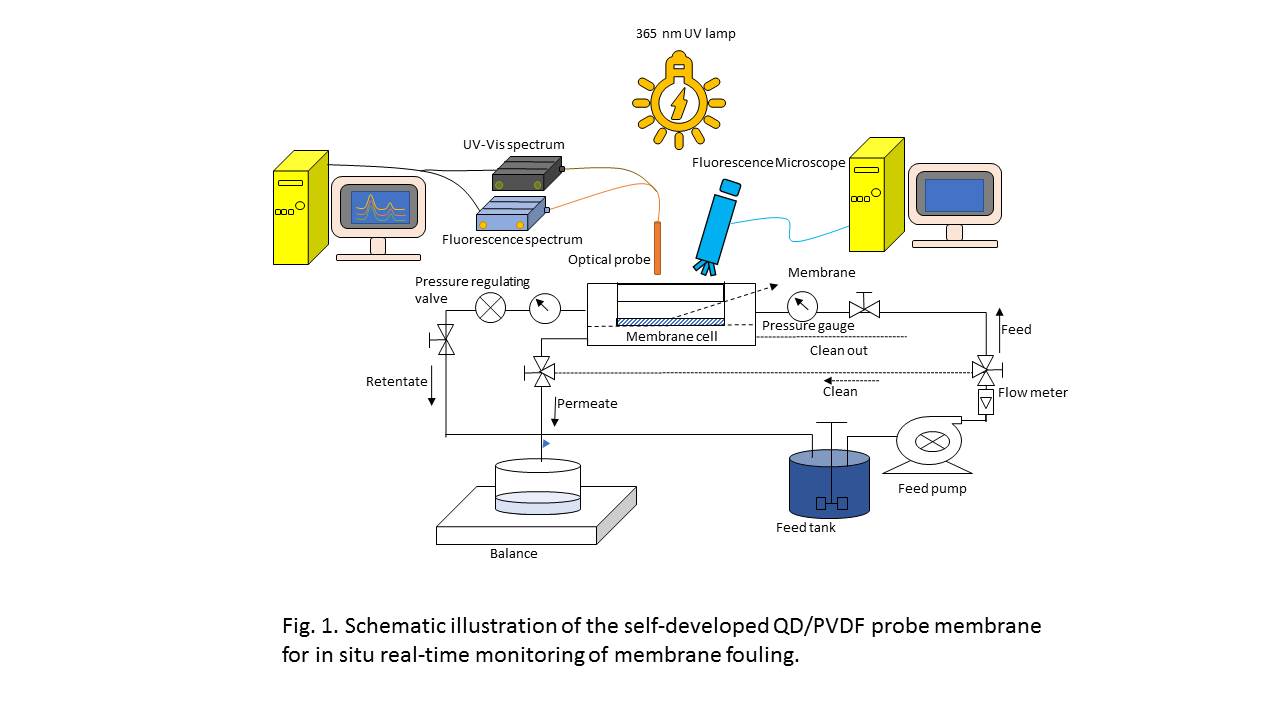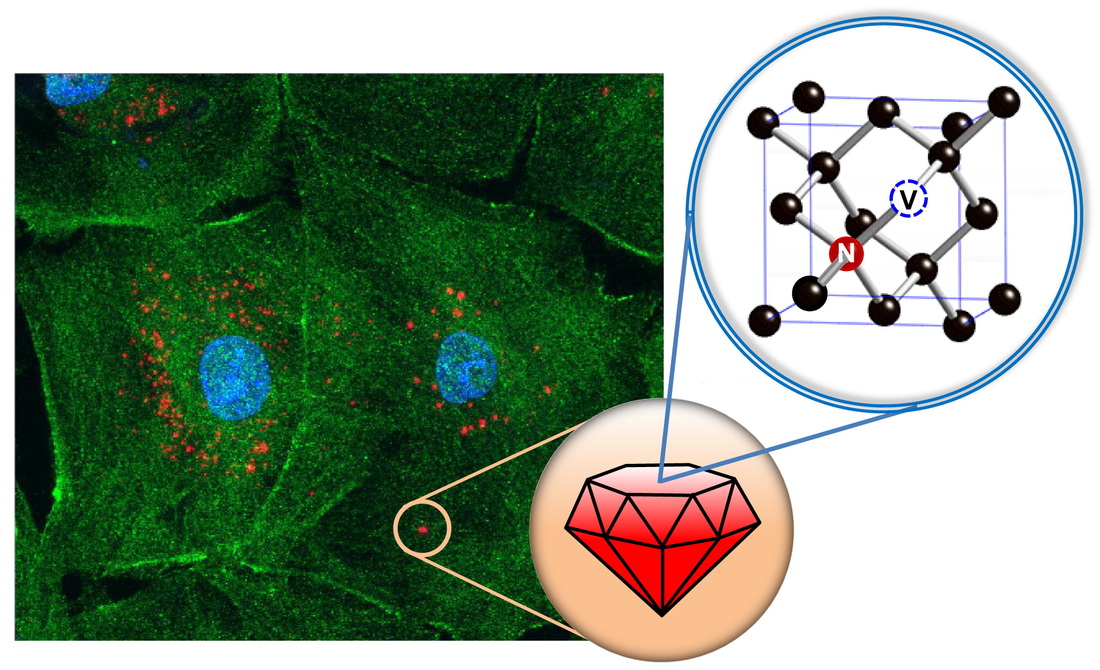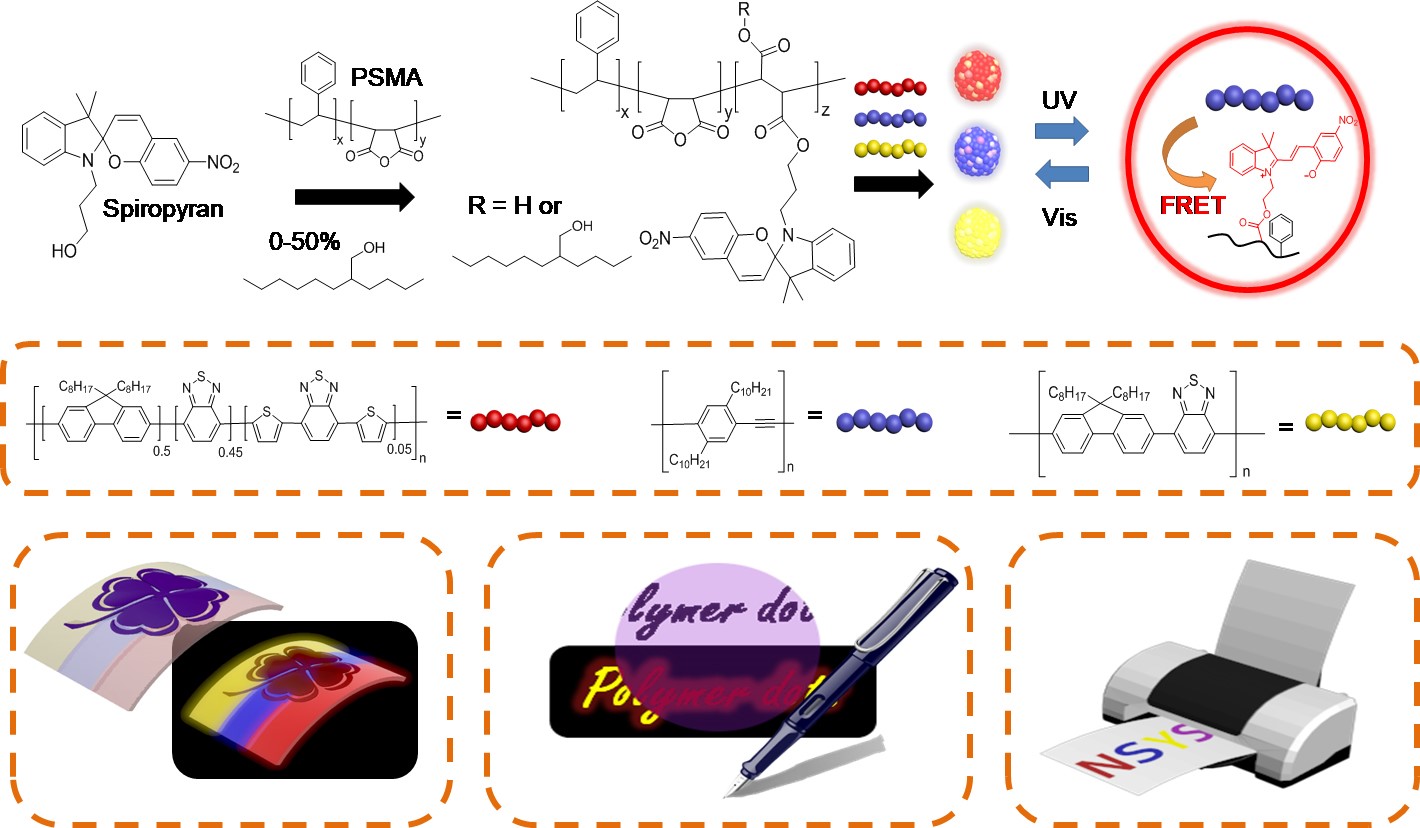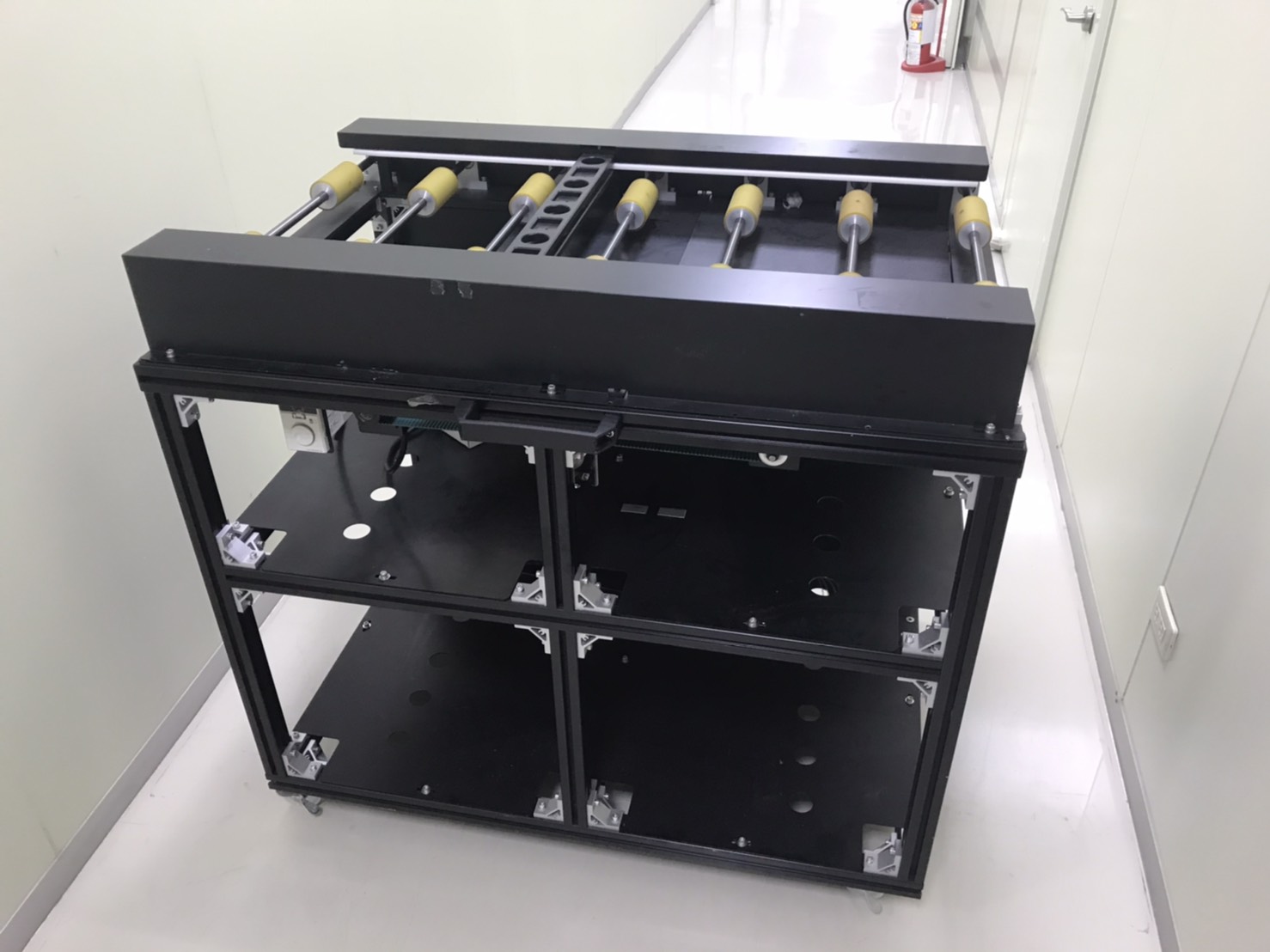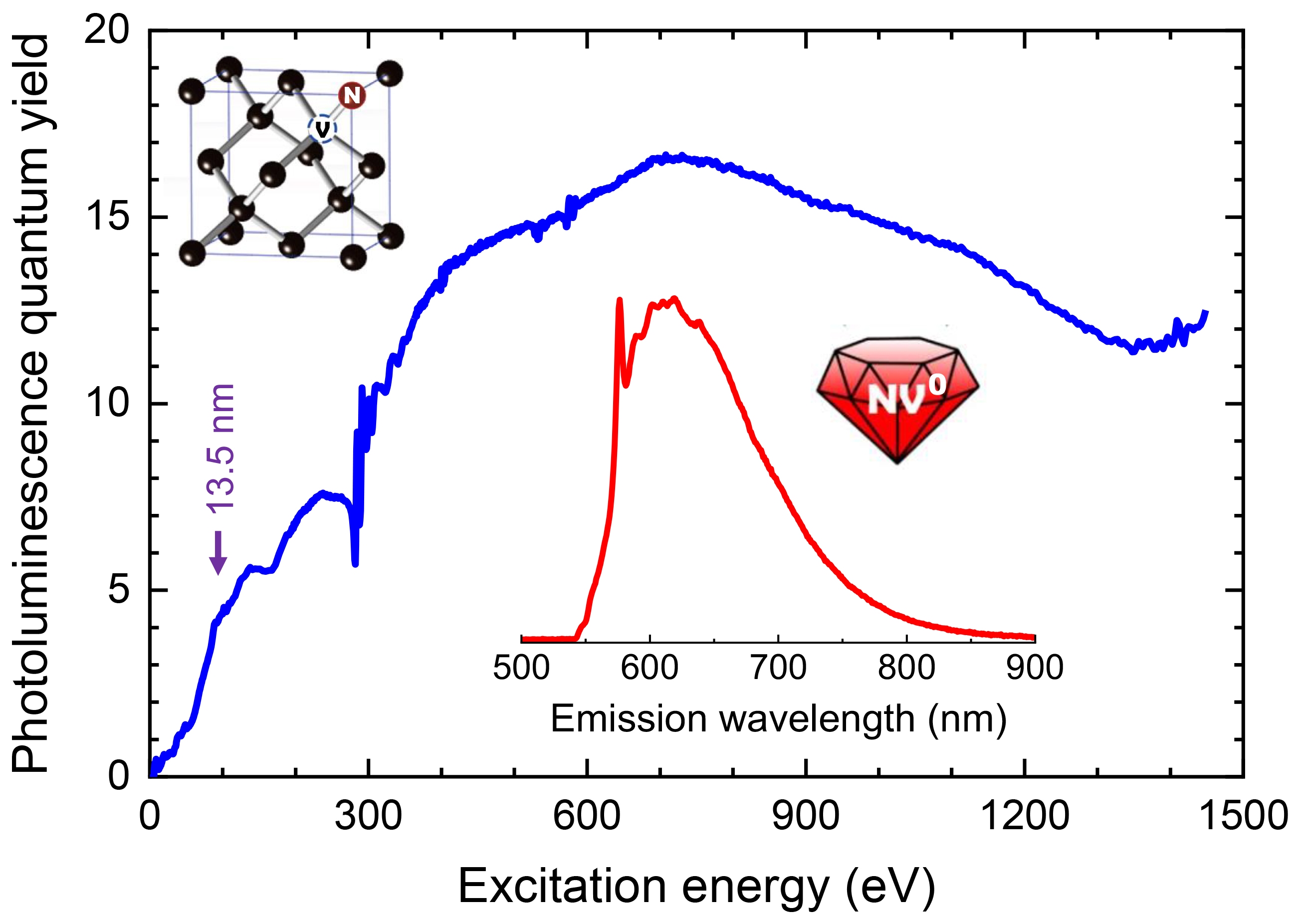| Technical Name | Development of Vacuum/Extreme Ultraviolet SensingImaging Devices | ||
|---|---|---|---|
| Project Operator | Academia Sinica | ||
| Project Host | 張煥正 | ||
| Summary | This technology uses fluorescent nanodiamond thin films as scintillators to absorb vacuum/extreme ultraviolet radiationsconvert them into orange-red light. Two lens collect the fluorescencefocus it on a detector (such as CCDCMOS) for both sensingimaging applications. A prototype of the device has been completed, having the characteristics of low price, small size, easy operation,high durability. The invention has received patents from Taiwanthe United States. |
||
| Scientific Breakthrough | We demonstrate the first use of nanocarbon materials as scintillators for vacuum/extreme ultraviolet radiations using fluorescent nanodiamonds (FNDs) with nitrogen-vacancy centers. The FND thin films prepared by electrospray deposition are non-hygroscopicuniform, with high-resolution imaging capability. Compared with existing inorganic scintillators, FNDs have a shorter response time, a much lower level of afterglow, a wider working range,higher stabilitydurability. |
||
| Industrial Applicability | Practical applications of this technology include the measurementpositioning of light fields in synchrotron radiation researchextreme ultraviolet (EUV) lithography. For the former, it can help users adjust the path of EUV, perform real-time beam monitoring,conduct spectroscopy. In the latter, it can be used to measure the spatial intensity distributionsmonitor the mode changes of EUV for fine laser adjustment, contaminant removal,mask pattern designs, etc. |
||
| Keyword | Broadband ultraviolet detection Compact and portable imaging device Electrospray deposition Environmentally friendly Extreme ultraviolet (EUV) Fluorescent nanodiamond Light intensity detector Scintillators Ultraviolet light field measurement Vacuum ultraviolet (VUV) | ||
- Contact
- Teng-I Yang
- yongton72@gmail.com
other people also saw

